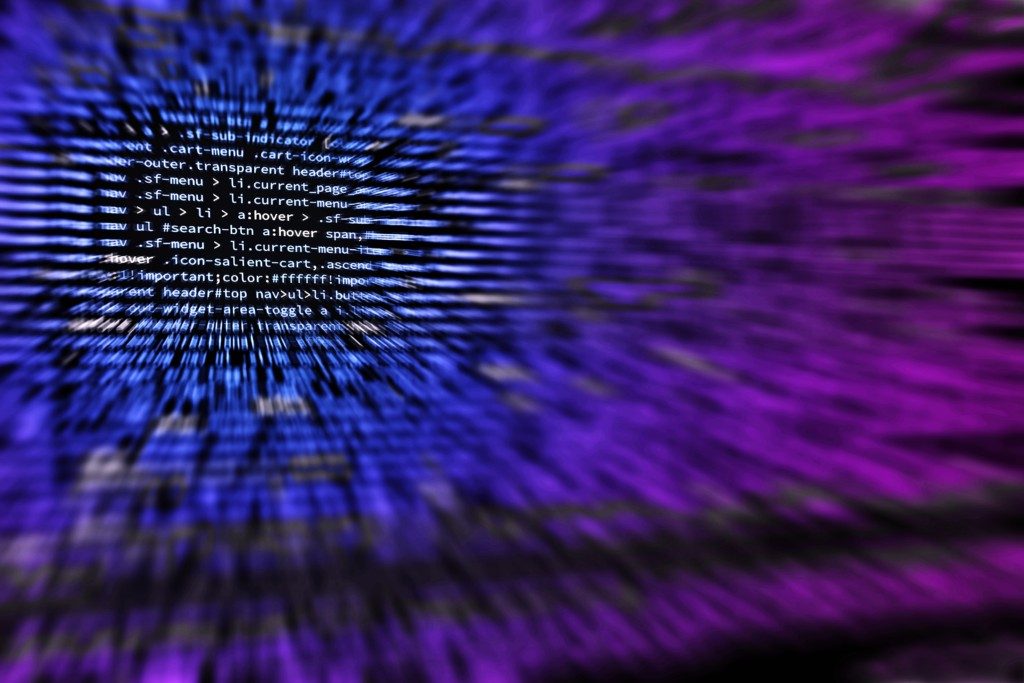AI: Workforce Enabler or Workforce Killer?

Artificial Intelligence has made phenomenal strides in recent years. Nearly every industry is experiencing a wave of automation and machine learning led transformations. While some hail AI as the next leap in human civilization, others are more skeptical.
For businesses, AI and automation bring untold efficiencies and consistencies across the broad spectrum of their operations. Repetitive tasks would be executed with much higher efficiency and accuracy. The element of uncertainty inherent to human-led processes would be virtually eliminated.
On the other hand, automation also means that a vast majority of the lower-skilled jobs would be wiped out in one fell swoop. Millions would lose their current jobs.
Given the gravity of the situation, it is quite reasonable to wonder – is this technology here for the benefit of businesses and workforce (or even humanity in general) or will it create a dystopian future that is run by large corporations who only hire robots?
The answer may be more complex and surprising.
Bottom of the Pyramid
There is no question whether AI will replace low-skilled tasks. That’s a given. The first jobs to be eliminated are the repetitive, rule-based tasks that require minimum to zero critical thinking. People are hired for these tasks only because of 3 factors:
- The technology to automate them doesn’t exist yet
- The technology does exist but is prohibitively expensive
- Businesses are not ready to upgrade their technology
As AI becomes less expensive, these are the first jobs to get axed. In fact, the World Economic Forum estimates that roughly 75 million jobs will be wiped out by 2022.
Is Anyone Safe?
As AI grows more sophisticated and “intelligent”, it will begin to replace jobs that are higher up the cognitive ladder. This evolution is already visible in the case of jobs that require critical thinking such as driving. Autonomous vehicles are threatening the jobs of millions of drivers worldwide. So, what’s the next stop – blue collar jobs, white collar jobs, or even CEOs?
As we move higher up the cognitive ladder at the workspace, decision-making grows increasingly complex. Sure, AI has become more intelligent than ever. However, to match human-level decision-making in complex environments, especially with abstract subjects like marketing, consumer behavior, employee motivation, and so on, is a whole other ballgame altogether. We are nowhere near close to realizing that kind of intelligent thinking. AI that can match human level cognitive thinking is likely decades away.
Job Revolution
One of the surprising ramifications of AI would be how the jobs evolve. Yes, the low-skilled jobs will be eliminated. But, the same World Economic Forum Report mentioned above estimates that 133 million new jobs would be created. Instead of employing people in repetitive tasks, businesses will utilize their individual skills and strengths in more creative ways, ultimately benefiting them and the businesses too.
An example of this is new employee onboarding programs in organizations. Instead of subjecting new employees, interns, and even HR professionals to the same repetitive processes, HR departments are using AI to create personalized onboarding programs for the new hires. This frees up the HR staff to perform more productive tasks, while the new hires can learn about their job role, and even acquire new skills with individual attention.
Final Thoughts
There is no doubt that AI is here to stay. As to how it affects the workforce depends on how businesses, workforce, and most importantly people respond to it.